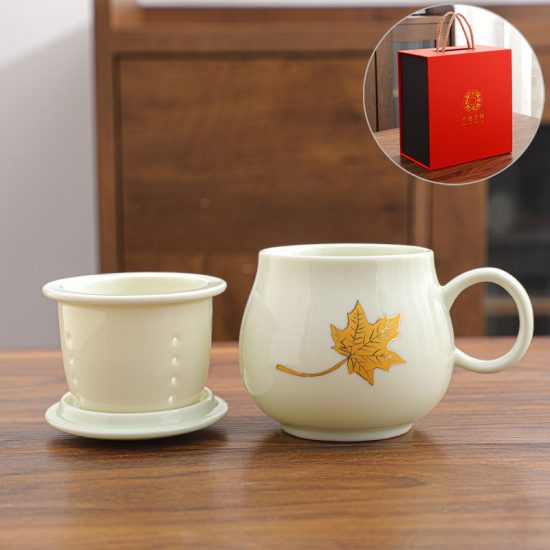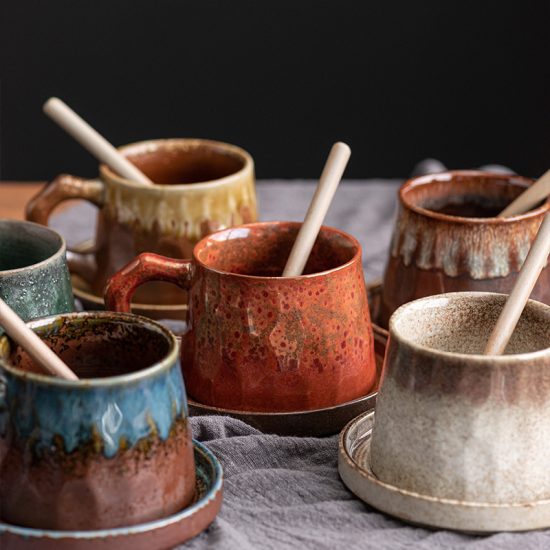Teapots are made from various materials, and the choice of material can affect the teapot’s functionality, heat retention, durability, and aesthetic appeal. Here are some common materials used to make teapots:
- Ceramic and Porcelain: Ceramic and porcelain teapots are popular choices due to their heat retention properties and versatility. They are often glazed, which provides a smooth and easy-to-clean surface. Ceramic and porcelain teapots come in a wide range of styles, colors, and designs, making them suitable for various tea-drinking traditions.
- Glass: Glass teapots are transparent and allow tea lovers to witness the steeping process, making them visually appealing. They are usually made from heat-resistant borosilicate glass, which can withstand high temperatures. Glass teapots are suitable for brewing teas that require precise temperature control, such as delicate green teas or flowering teas.
- Cast Iron: Cast iron teapots, also known as Tetsubin in Japanese culture, are highly durable and known for their excellent heat retention properties. They are often coated with enamel on the inside to prevent rusting and improve tea flavor. Cast iron teapots are traditionally used for brewing and serving Japanese green teas.
- Stainless Steel: Stainless steel teapots are durable, lightweight, and resistant to rust and corrosion. They are easy to clean and maintain and often have good heat retention properties. Stainless steel teapots are commonly used for brewing a variety of teas and are favored for their durability and long lifespan.
- Silver: Silver teapots are prized for their elegance and are often considered luxury items. They are known for their excellent heat conductivity and may feature intricate designs and engravings. Silver teapots are more commonly used for special occasions or as collectibles due to their higher cost.
- Clay (Yixing Teapot): Yixing teapots, traditionally made from clay found in the Yixing region of China, are highly regarded for their craftsmanship. These teapots are porous and absorb the flavors and aromas of the tea brewed in them over time, enhancing the tea-drinking experience. Yixing teapots are often used for brewing high-quality Chinese teas.
- Bamboo: Bamboo teapots are lightweight and eco-friendly options. They are typically made from natural bamboo fibers or bamboo-reinforced materials. Bamboo teapots have a rustic charm and are often used in traditional tea ceremonies or for brewing herbal infusions.
The choice of material for a teapot depends on personal preference, desired functionality, and the type of tea being brewed. Each material has its own unique characteristics and contributes to the overall tea-drinking experience.


